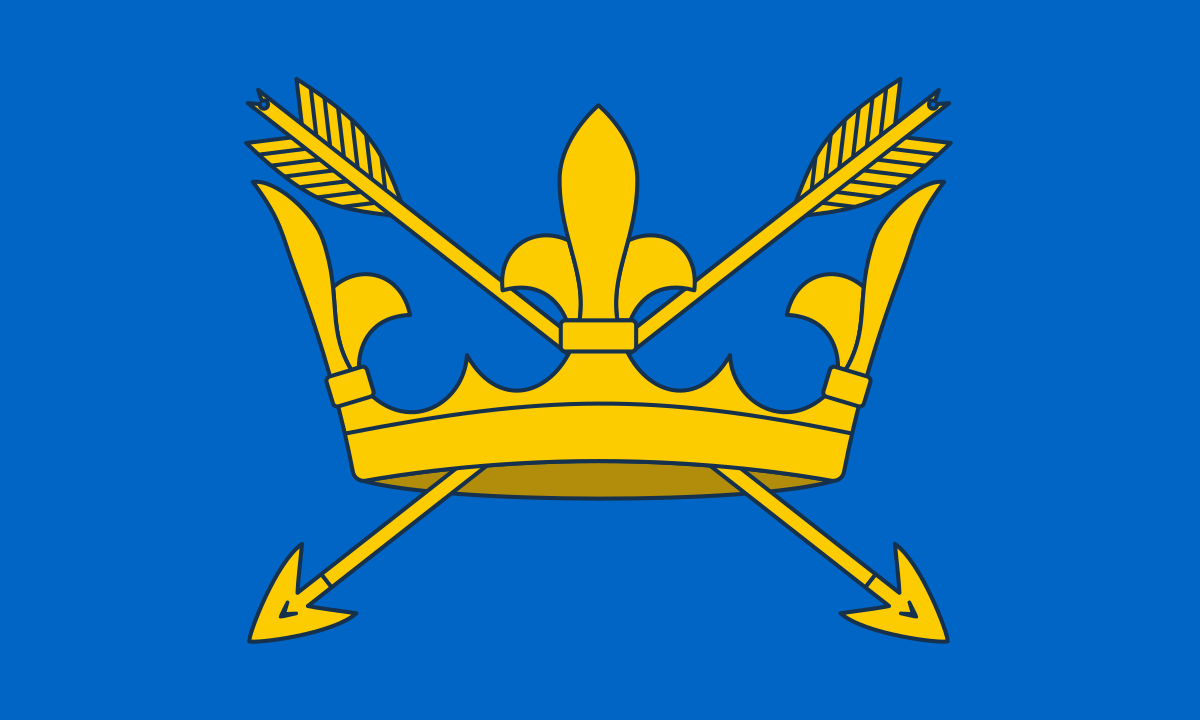
What are the origins of the Suffolk flag?
The design is the flag of the arms of Saint Edmund, Suffolk’s very own patron saint. The arms, usually in gold and blue, have been a common sight throughout our county for many centuries. The arrows symbolise how he met his unfortunate end, shot with Viking arrows, and the crown indicates that he was King of East Anglia.
A precursor to the Suffolk flag is the post-World War II 54th Division flag. It was believed to have been on display during the mid-1950’s during a visit by Princess Margaret to the Suffolk Regiment. Taff Gillingham, chairman of Friends of Suffolk Regiment as well as renowned military historian, has had it in his possession for around 20 years and is from the estate of a Suffolk Regiment soldier. It is the oldest known example of a flag for Suffolk.

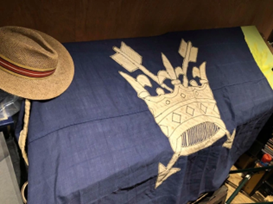
In 2014, a Suffolk resident commissioned Charles Ashburner, Chief Executive of flag maker Mr Flag, to design a flag based on the St. Edmund’s coat of arms and similar to the above flag.
It quickly started to gain the attention of, and a following amongst, other Suffolk residents.
As a result, this variation of our county flag was first raised by Suffolk County Council on the very first Suffolk Day on June 21st 2017.
This started a request by 21 county organisations to have it registered as the Suffolk flag, which it was in 2018. One of those organisations, the Felixstowe History and Museum Society, proudly flies the flag outside its museum today, together with Landguard Fort next door.

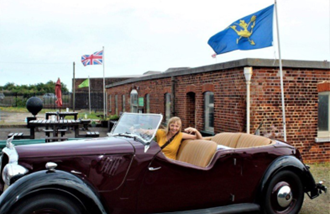
It was proudly displayed on Ipswich Town Hall during the proclamation of the accession of King Charles III (above left).
The flag is now flown with the other UK county flags outside the Houses of Parliament in summer every year (below).
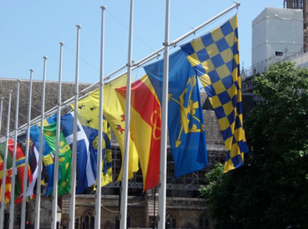
Like all the registered county flags you can see here, the design is distinct and has symbolism unique to each county.
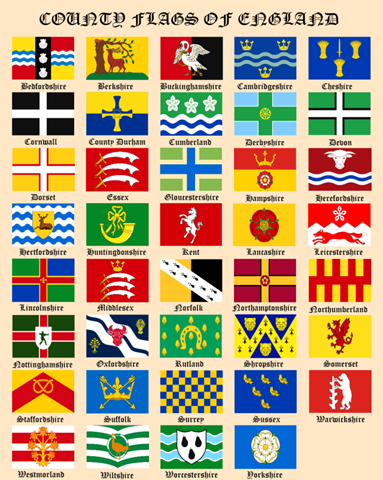

Quick facts about the Suffolk flag
• Is based on the centuries-old St. Edmund’s coat of arms
• Has its origins in a 54th Division flag, believed to be introduced around 70 years ago, during Princess Margaret’s visit to the Suffolk Regiment – is the earliest known example of a flag for Suffolk
• The 70-year-old flag belonged to a Suffolk Regiment veteran and has been for 20 years the prized possession of Taff Gillingham, renowned military historian and chairman of Friends of the Suffolk Regiment
• Was flown during our first Suffolk Day
• 21 Suffolk organisations helped in registering the flag as our county flag including the Felixstowe History and Museum Society, the Suffolk Agricultural Association and many history societies.
• Landguard Fort and Felixstowe Museum proudly fly the flag today
• Has been flown outside the Houses of Parliament every July, along with other county flags
The flag will be on display for this year’s Suffolk Day celebrations, of which Haverhill is the lead town for the county.
CLICK HERE to find out more about this year’s events on Friday 21 June.
Want to know more? Then look no further than the following websites for more detailed information on the Suffolk flag:
The Flag Institute
https://www.flaginstitute.org/wp/flags/suffolk-flag/
British County Flags
https://britishcountyflags.com/2017/09/11/suffolk-flag/
Wikipedia



